Table of Contents
Red sofrito is a traditional tomato-based sauce essential in Spanish and Latin American cuisine. It's the flavor foundation for dishes like paella, arroz con pollo, stews, and empanadas. Here's a simple, authentic recipe to make it at home:
Key Ingredients That Make It Special
| Ingredient | Quantity | Notes |
|---|---|---|
| Tomatoes | 2 cups (400g) | Use fresh ripe tomatoes or high-quality canned whole tomatoes |
| Onions | 1 medium (150g) | White or yellow onions for balanced sweetness |
| Garlic | 4 cloves | Minced for maximum flavor release |
| Green bell peppers | 1 medium | Seeded and diced for texture and freshness |
| Olive oil | 3 tbsp | Extra virgin for authentic taste |
| Paprika | 1 tsp | Smoked paprika adds depth |
| Oregano | 1 tsp | Dried for concentrated flavor |
| Cumin | 1/2 tsp | Ground for warm earthiness |
| Salt | 1/2 tsp | To taste |
How to Make Red Sofrito at Home
- Prepare ingredients: Dice tomatoes, onions, bell peppers, and mince garlic.
- Sauté aromatics: Heat olive oil in a skillet over medium heat. Add onions and garlic, cooking until translucent (3-4 minutes).
- Add vegetables: Stir in bell peppers and cook for 5 minutes until softened.
- Combine tomatoes: Add tomatoes, paprika, oregano, cumin, and salt. Stir well.
- Simmer: Reduce heat to low and simmer for 30-40 minutes, stirring occasionally, until thickened.
- Blend (optional): For smooth texture, blend until smooth. For chunky, leave as is.
- Cool and store: Let cool completely before transferring to airtight containers.
Top 5 Cooking Tips for Perfect Red Sofrito
- Use fresh, ripe tomatoes: During tomato season, fresh tomatoes provide superior flavor compared to canned. Look for deep red color and slight softness.
- Control heat carefully: Cook on low heat to prevent burning. High heat destroys delicate flavors and causes bitterness.
- Adjust spices gradually: Start with recommended amounts, then taste and adjust. Smoked paprika adds complexity but can overpower if overused.
- Don't skip the simmering: The 30-40 minute simmer develops layered flavors and allows ingredients to meld perfectly.
- Freeze for future use: Portion into ice cube trays for easy use. Frozen red sofrito maintains flavor for up to 3 months.
Buying Guide: Choosing the Best Red Sofrito
| Brand | Key Features | Best For | Price Range |
|---|---|---|---|
| La Cocina de la Abuela | Organic tomatoes, no preservatives, traditional spices | Authentic dishes, health-conscious cooks | $$ |
| Salsa Express | Versatile heat levels, widely available, affordable | Quick meals, casual cooking | $ |
| Chef's Choice | Premium quality, balanced sweetness and spice | Gourmet dishes, special occasions | $$$ |
Frequently Asked Questions About Red Sofrito
What is the difference between red sofrito and regular sofrito?
Regular sofrito typically has a green base made with culantro, cilantro, and sometimes tomato. Red sofrito specifically uses tomatoes as the primary ingredient, giving it a vibrant red color and slightly different flavor profile with more tomato-forward notes.
Is red sofrito spicy?
Traditional red sofrito is not particularly spicy, though it does contain spices like paprika and sometimes chili. The heat level can be adjusted to personal preference - you can make it mild by reducing or omitting spicy elements.
How long does homemade red sofrito last in the refrigerator?
When stored in an airtight container, homemade red sofrito will keep for up to one week in the refrigerator. For longer storage, it can be frozen for up to 3 months.
What dishes commonly use red sofrito as a base?
Red sofrito serves as the flavor foundation for many traditional dishes including arroz con pollo, paella, stews, bean dishes, empanadas, and various meat and seafood preparations across Spanish, Mexican, and Caribbean cuisines.
Can I use canned tomatoes to make red sofrito?
Yes, canned tomatoes work well for making red sofrito, especially when fresh tomatoes aren't in season. High-quality canned whole tomatoes often provide consistent flavor year-round. However, fresh, ripe tomatoes will give the brightest flavor during tomato season.
Is sofrito the same as salsa?
No, while both are tomato-based, they serve different purposes. Sofrito is a cooking base or foundation for dishes, meant to be cooked further with other ingredients. Salsa is typically a finished product meant to be eaten as is, often raw or minimally cooked.
Can I freeze red sofrito?
Absolutely. Red sofrito freezes exceptionally well. Store it in ice cube trays for portion control, then transfer the frozen cubes to a freezer bag. This makes it easy to use just the amount you need for future recipes.
Conclusion
Red sofrito is more than just a sauce—it's a flavor enhancer, a cultural staple, and a must-have in any spice lover's kitchen. With its rich history, versatility, and bold taste, it's no wonder it has stood the test of time. Whether you're making it from scratch or choosing a store-bought option, red sofrito adds a depth of flavor that can transform any dish.
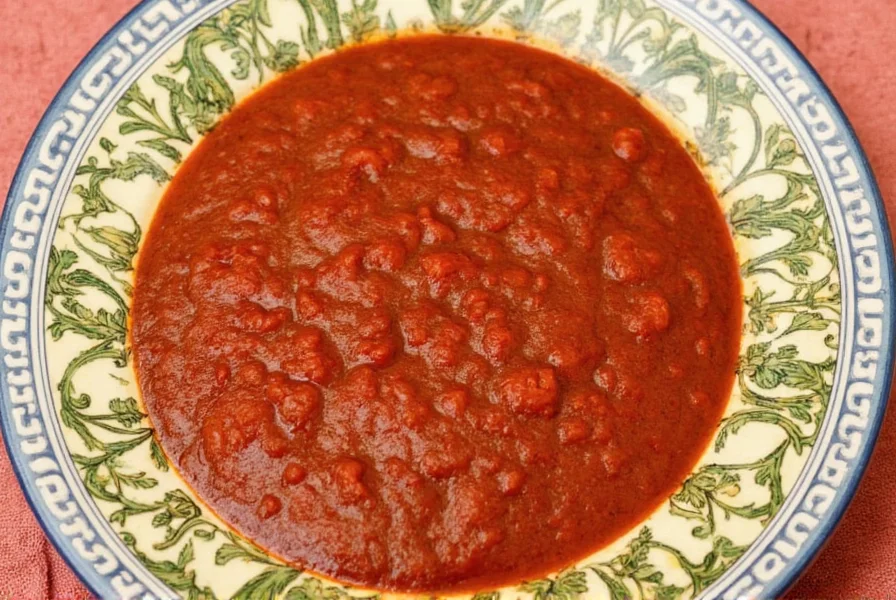
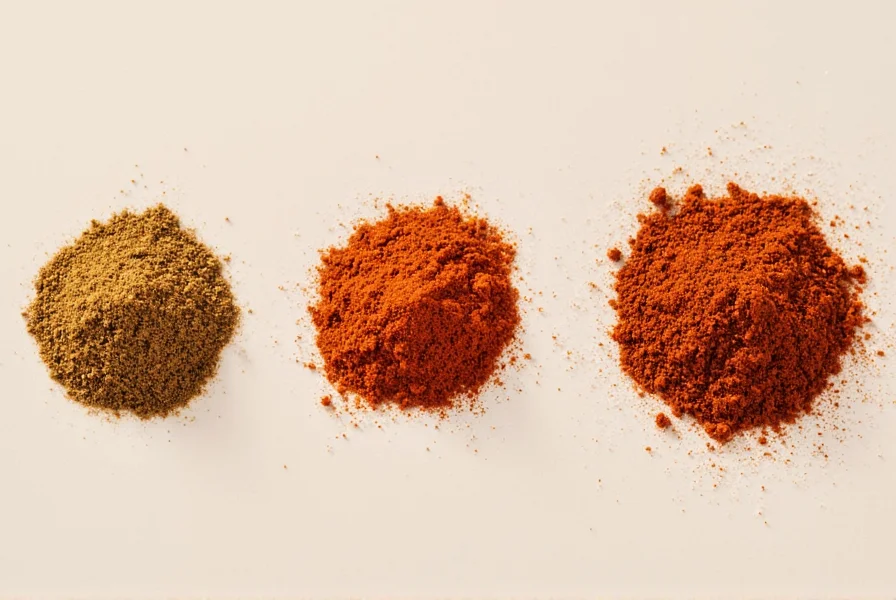
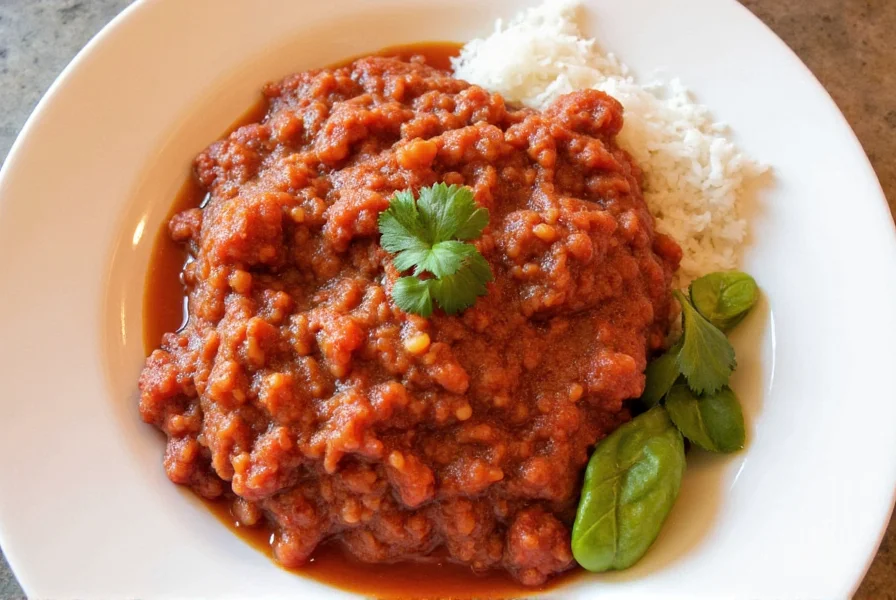
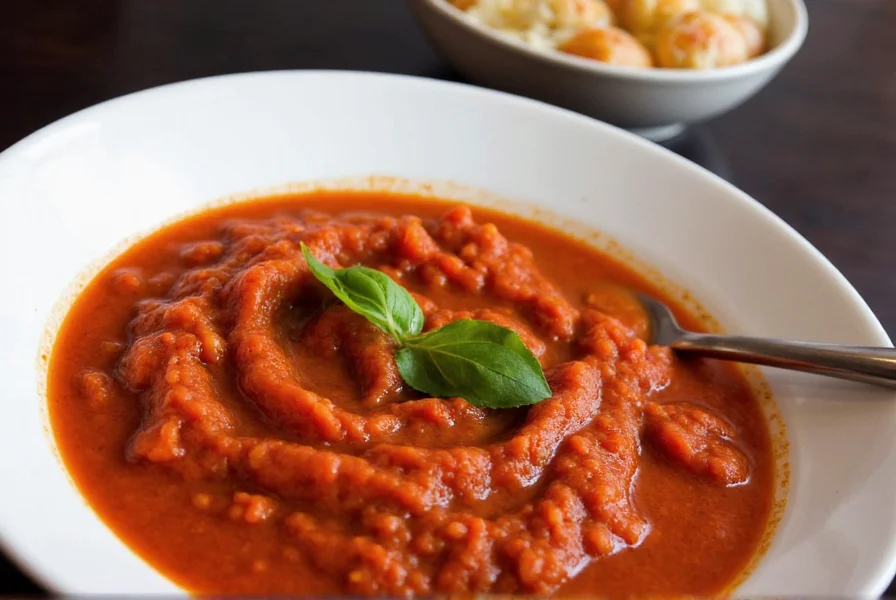
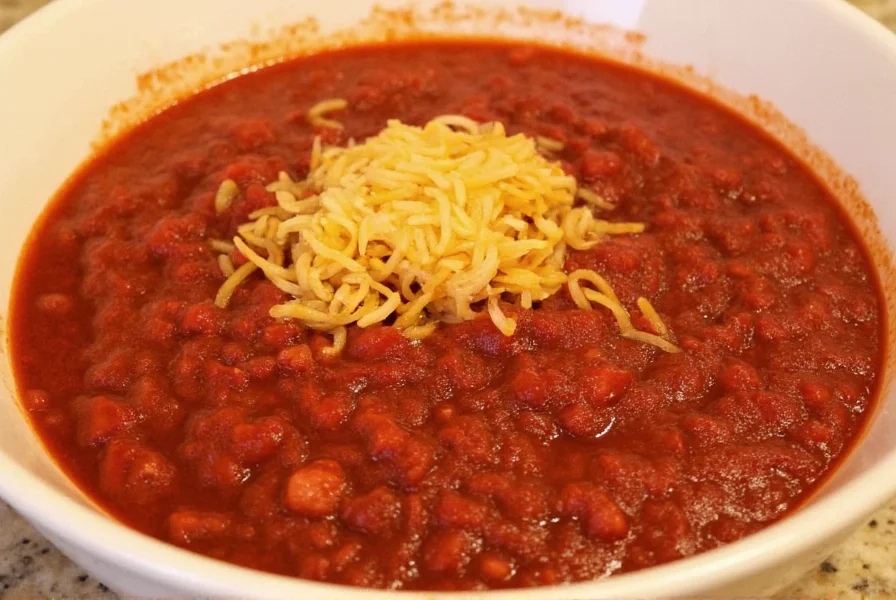

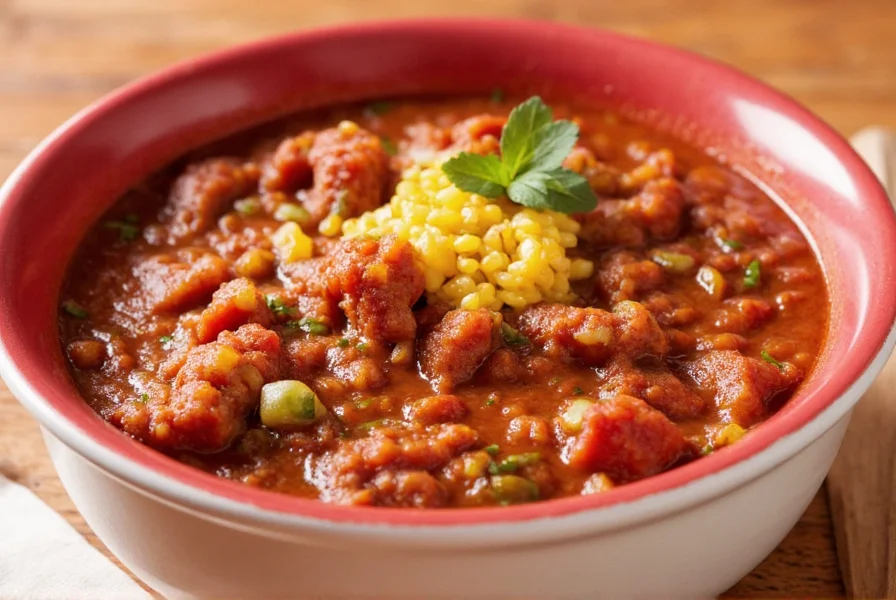









 浙公网安备
33010002000092号
浙公网安备
33010002000092号 浙B2-20120091-4
浙B2-20120091-4